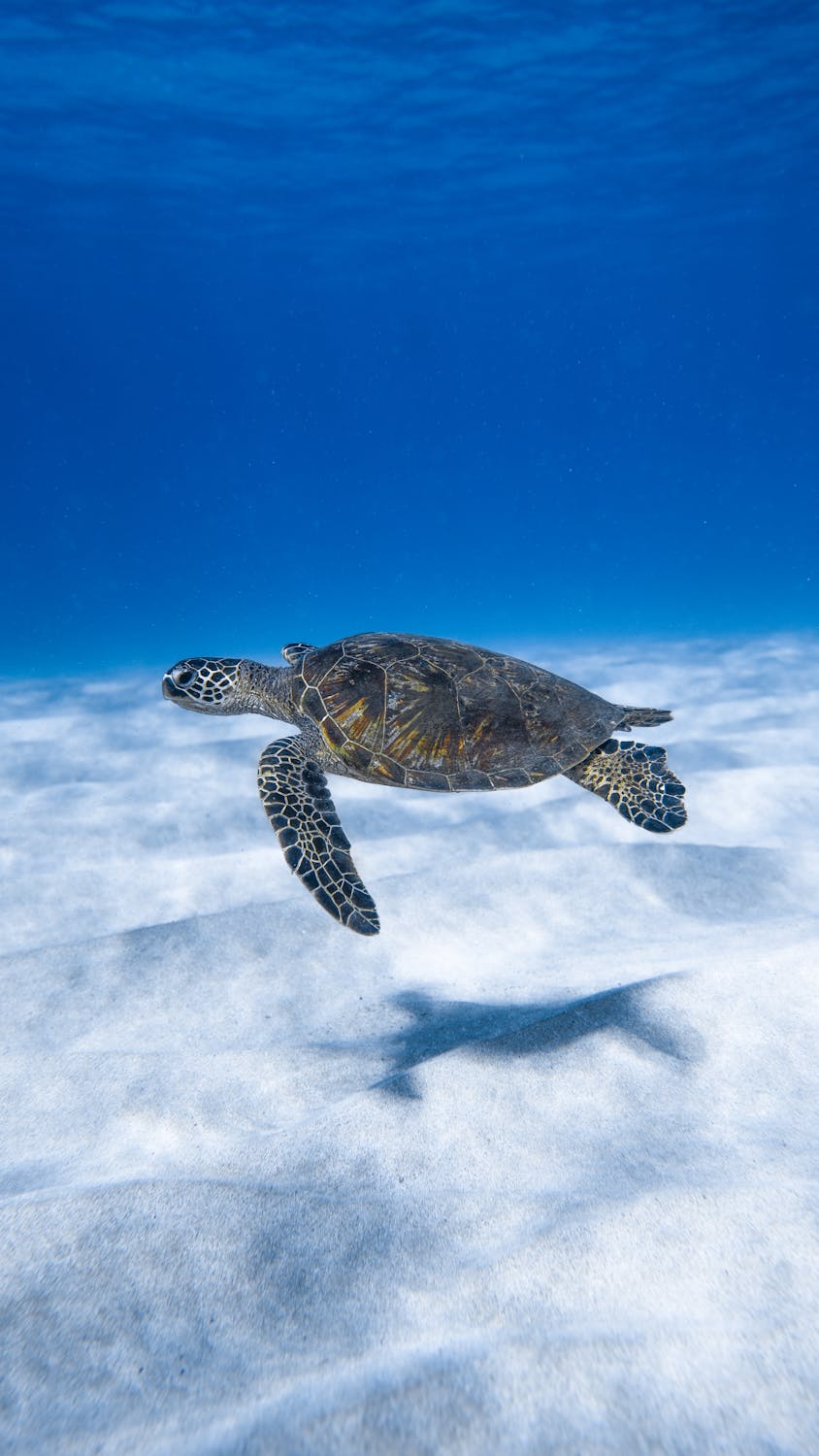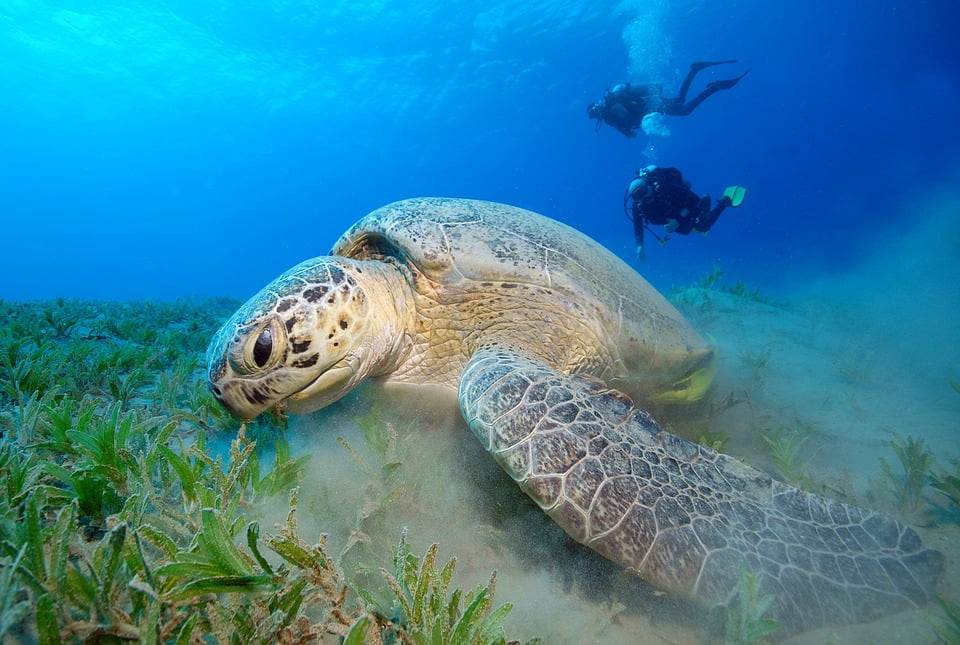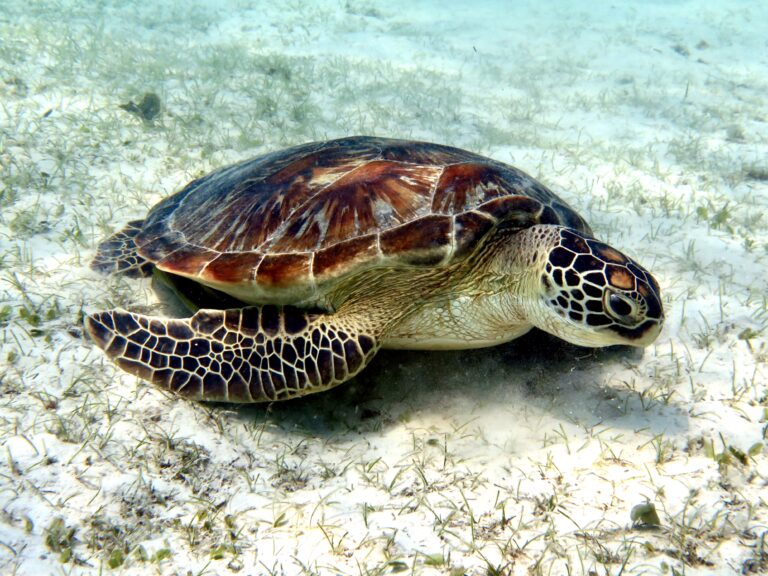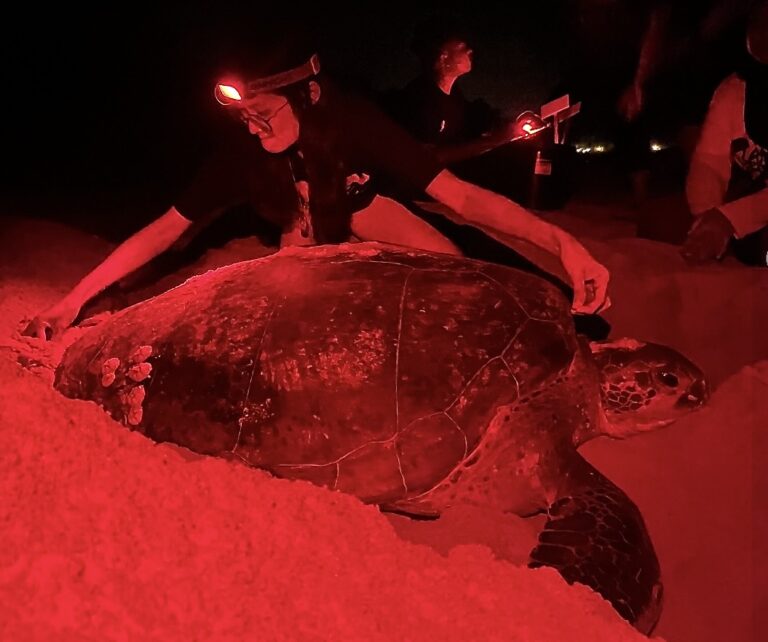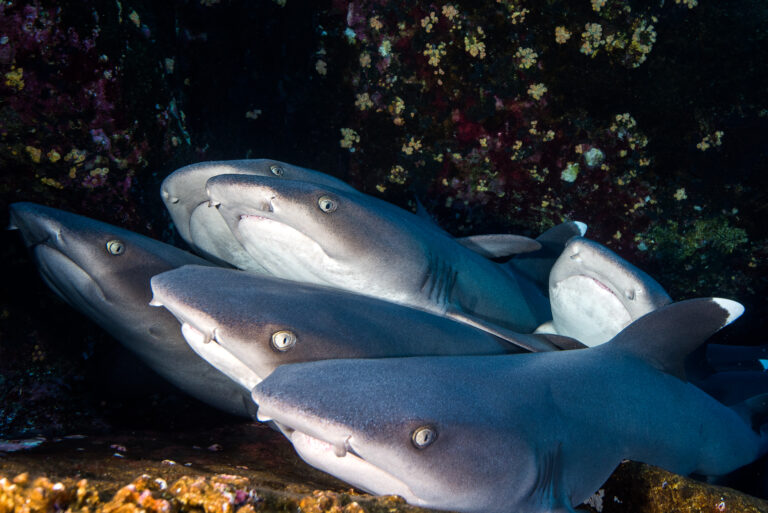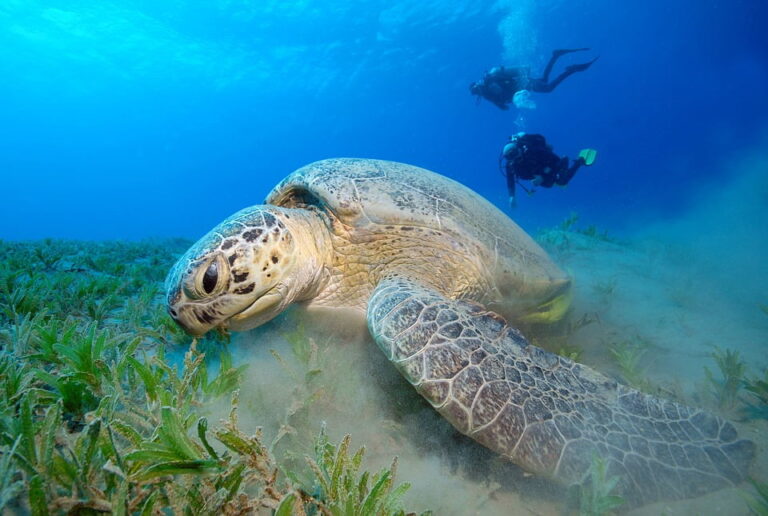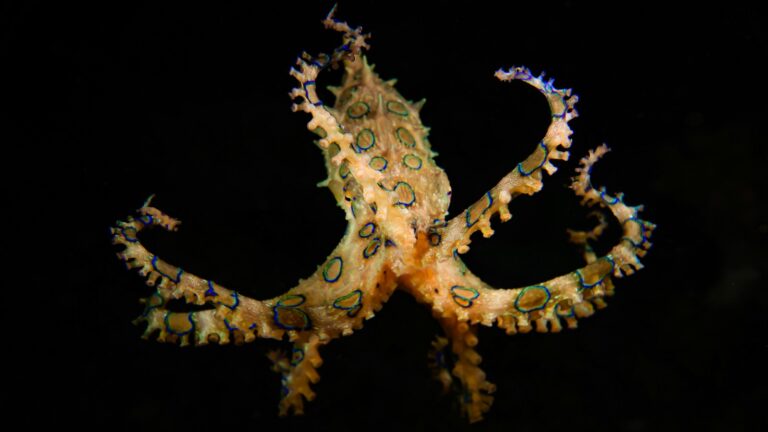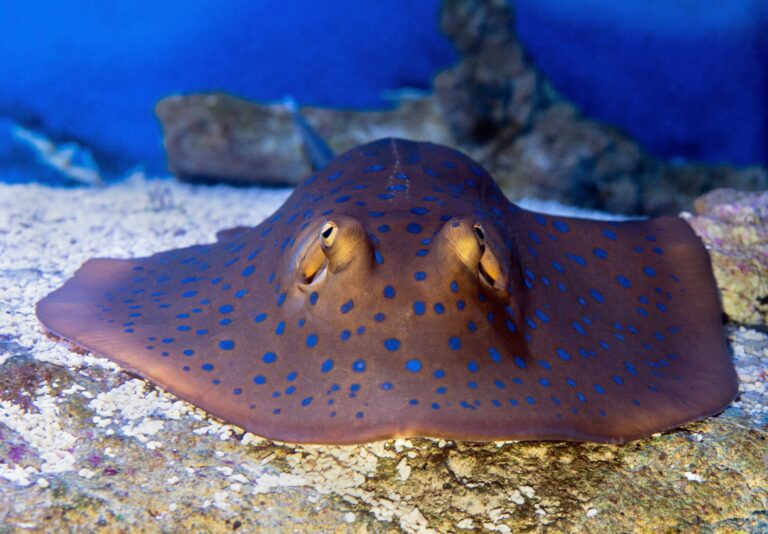Basic information about the green sea turtle
- Scientific name: Chelonia mydas
- Common name (English): Green turtle, green sea turtle
- Common name (Malay): Penyu agar
Green sea turtles are distinguished by their small, blunt heads and a single pair of prefrontal scales between their eyes. The body is covered by a large, teardrop-shaped carapace, generally in shades of dark brown, grey, or olive.
Unlike some other turtle species, the green turtle's carapace is smooth and lacks ridges. Furthermore, the shell features four scutes (scales) on each side.
Conservation status of the green sea turtle
IUCN Red List Status: Endangered
Green sea turtles have been significantly reduced in number as a result of several threats in recent times. These not only include being directly caught for illegal shell trade but also egg poaching. The latter is more relevant in Malaysia's context. Only Sabah, Sarawak, and Terengganu totally bans the sale of turtle eggs. Although even there, changing the culture afterwards is not easy.
However, increasingly green turtles are also threatened indirectly, due to being caught in fishing gear and harmed by marine plastic pollution. In addition, their grazing and nesting areas also face threat of habitat loss because of coastal development and light pollution.
Green turtle habitat
Green sea turtles have several habitats. They are pelagic animals, which means they swim in the open sea. In fact, they can swim very large distances across the ocean.
However, since green turtles eat seagrass and seaweeds, they typically hang around close to the relatively shallow coastal areas of their foraging grounds.
Additionally, even though sea turtles are marine animals, they lay their eggs on land. Green sea turtles are no exception. So they also need sandy beaches for nesting. Green sea turtles generally lay between 100-140 eggs in every nest. Female turtles may nest more than once in a year.
Green turtle diet
Green sea turtles are primarily herbivorous. Adults inhabit shallow lagoons and feed on a variety of seagrass species. Their method of grazing—biting off the tips of seagrass blades—actually helps maintain the health of the seagrass beds.
How big are green sea turtles?
While green sea turtles are not the largest marine turtle species (that would be the leatherback!) they can be quite big.
A turtle hatchling is tiny – about the size of a lady’s palm – measuring only around 5 cm long and weighing just 25–30 grams. But an adult Green Sea Turtle? They can grow up to 1.5 metres long! Mature individuals usually weigh between 68–190 kg, with a carapace length of 78–112 cm. Wild, right?
Their strong, paddle-like flippers reduce drag underwater, helping them glide like underwater superheroes. The front flippers are used for swimming, while the rear flippers act as rudders, helping the turtle navigate the ocean efficiently.
Why are they called green turtles?
If they're typically dark brown or grey, why are they called green turtles?
The name comes from the greenish colour of the turtle's fat, found just beneath the carapace (the big shell covering its body).
These turtles munch on seagrass all day, every day, which totally explains the green fat. You are what you eat, they say.
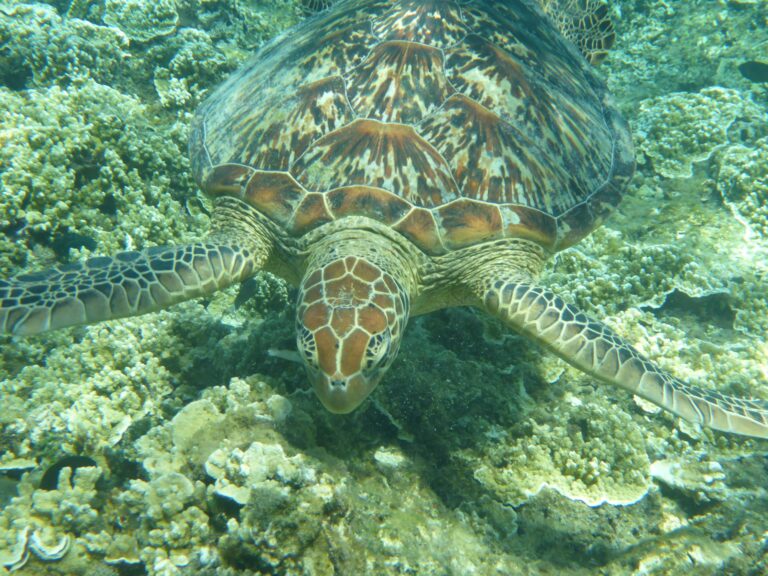
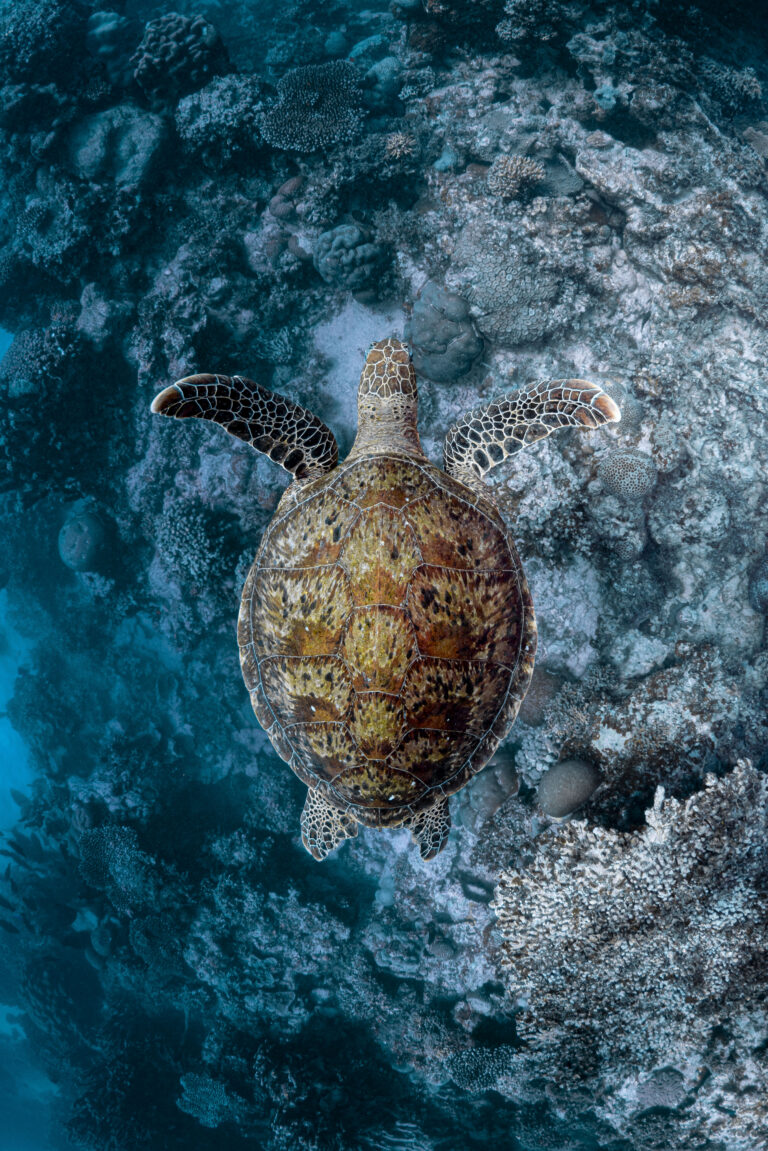
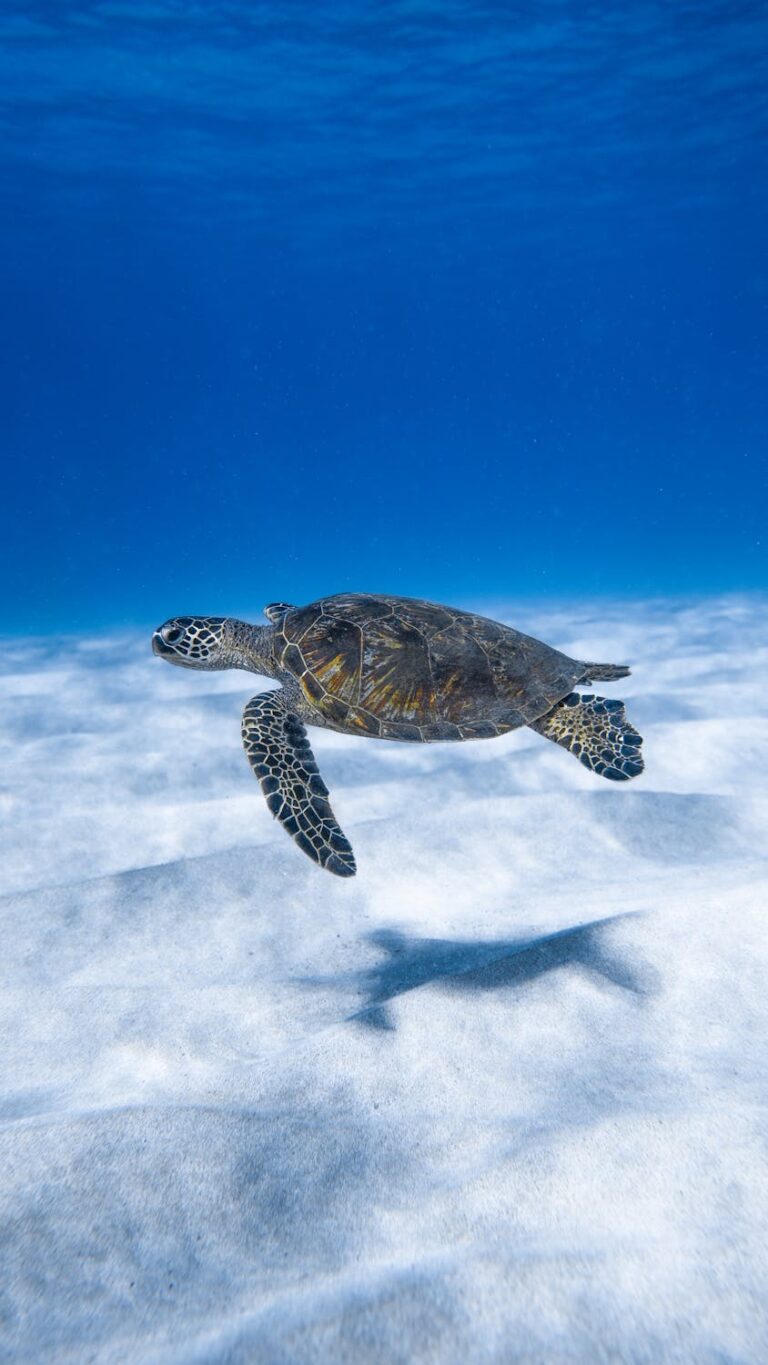
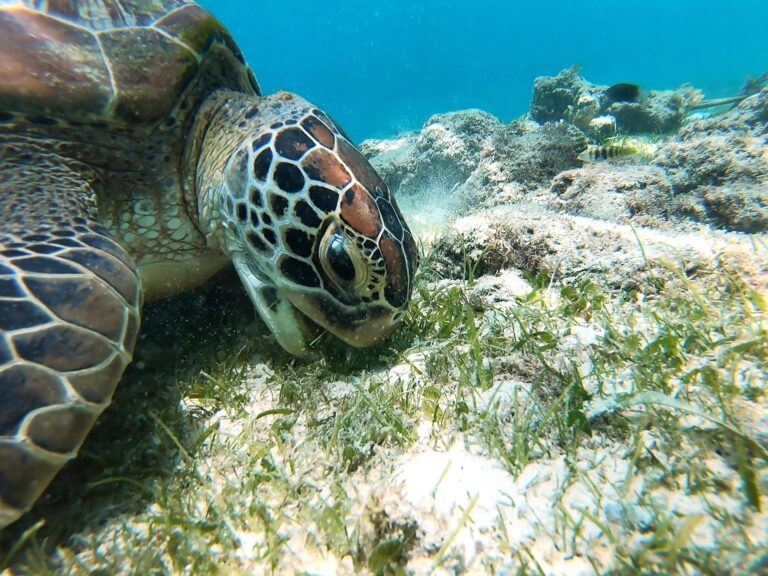
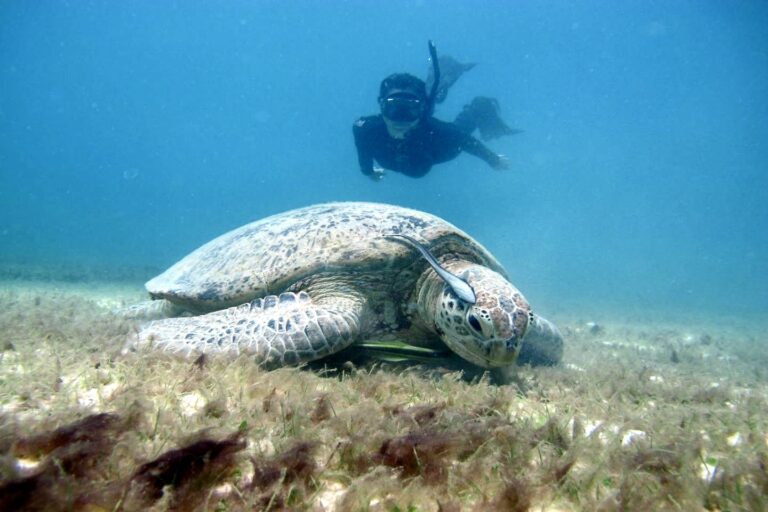
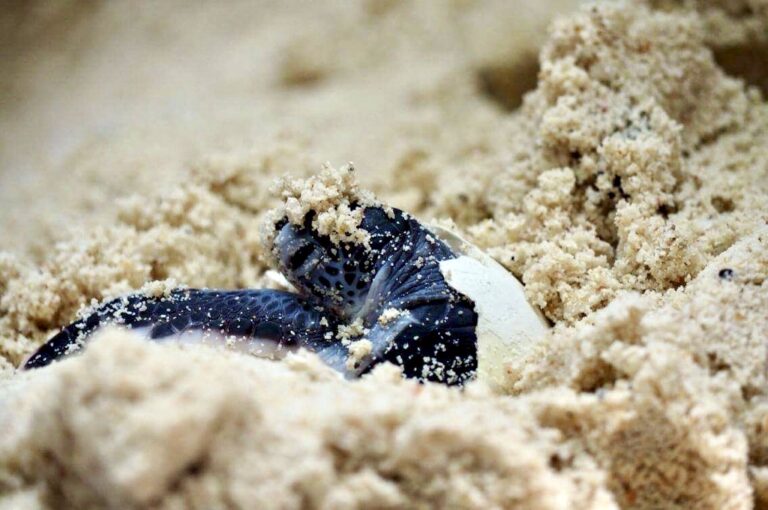
Where can you find green sea turtles in Malaysia?
Due to their migratory behaviour and nesting patterns, green sea turtles can be found throughout the world, often in tropical and subtropical regions.
In Malaysia, green sea turtles are present in both Peninsular Malaysia and Borneo. In particular, you’ve got a good chance of spotting them (or their nests!) in the islands (pulau) of Terengganu, Pahang, Johor, Sabah, and the coastline of Sarawak. You could even encounter them along the peninsular west coast if you're lucky.
Many of these locations are also Marine Parks or National Parks, for instance Pulau Redang, Pulau Perhentian, Pulau Tioman, Pulau Payar, Tunku Abdul Rahman Marine Park, Turtle Islands (Pulau Selingan), Sipadan, Tun Sakaran Marine Park and Talang-Satang National Park in Sarawak. One of the most important turtle nesting sites in Malaysia is Pulau Redang. The protected nesting beach of Chagar Hutang regularly sees over 1,000 green turtle nests every year.
Explore the turtle layer in our megafauna map to learn more about green turtle sightings in different Malaysian Marine Parks.
Interesting facts about green sea turtles
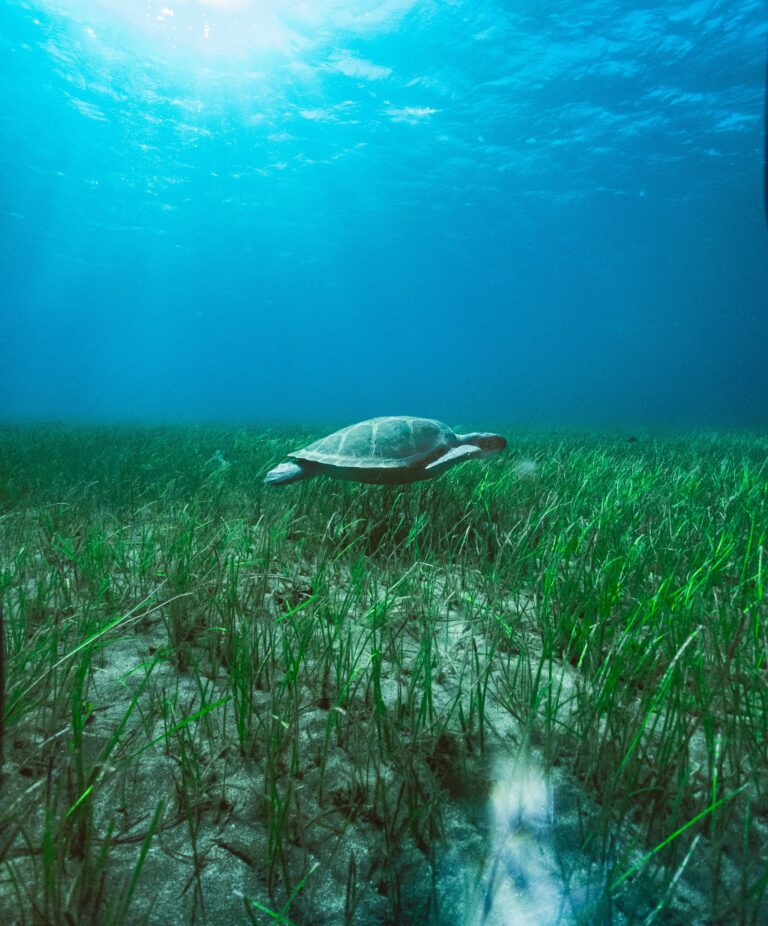
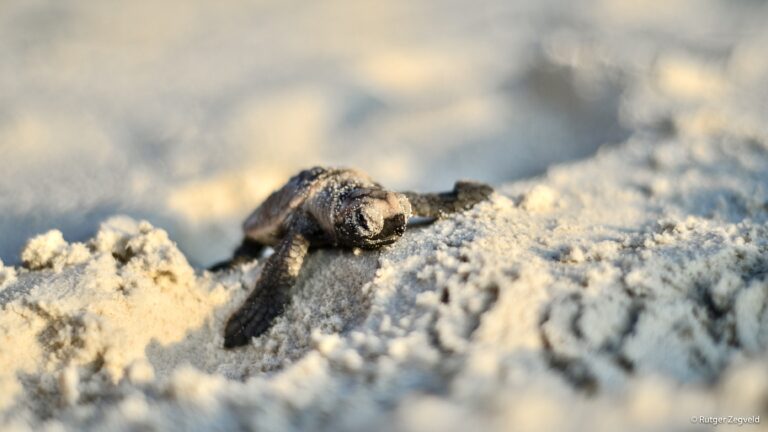
How should you look for green sea turtles?
If you want to see green sea turtles when you're out and about in the ocean, look for sandy areas with seagrass fields, or lots of seaweed.
For a higher chance of spotting them? Diurnal in nature, you can find them most active during the day, munching away on seagrass. On the other hand, female turtles exhibit nocturnal activity during nesting and feeding.
Green turtles are most active during the new moon and full moon phases. This is likely due to their nesting behaviour coinciding with spring tides (i.e., the highest of high tide and the lowest of low tide).
Finally, another way to see green sea turtles - especially its hatchlings - is by volunteering for turtle conservation! Choose a project from our partners below.
What should you do if you see a green sea turtle?
Sea turtles are not really very social. If you come across green sea turtles while snorkelling or diving, please keep it cool. Don't disturb their natural behaviour. Give them some personal space, and certainly do not touch them!
Likewise, when approaching a turtle you see in the distance, swim over from the side so that it can see you coming and decide if it's ok with that. This way, it also has a clear path ahead if it wants to swim away instead. If they're far below, don't hover right over them so that you don't block their way to surface and breathe.
For your own safety, don't come too close, and don't try to feed them. Not only do turtles not need help to feed, they might accidentally bite you!
P.S. If you happen to have a camera with you, and the turtle allows you to come close enough, see if you can take turtle ID photos. Perhentian Turtle Project is compiling a database!

Send us your Perhentian turtle pics!
Sea turtles have unique facial scale shape and colour patterns. By compiling photos of sea turtles, as well as comparing and contrasting facial scale patterns, we can determine the population of individuals which frequent the Perhentian Islands.
You can help us through our #PenyuWarrior Citizen Science Initiative by sharing your turtle photos. Learn more about how to take turtle ID photos and send them to us on Facebook or Instagram. If you found one we don't know, you can name the turtle!
